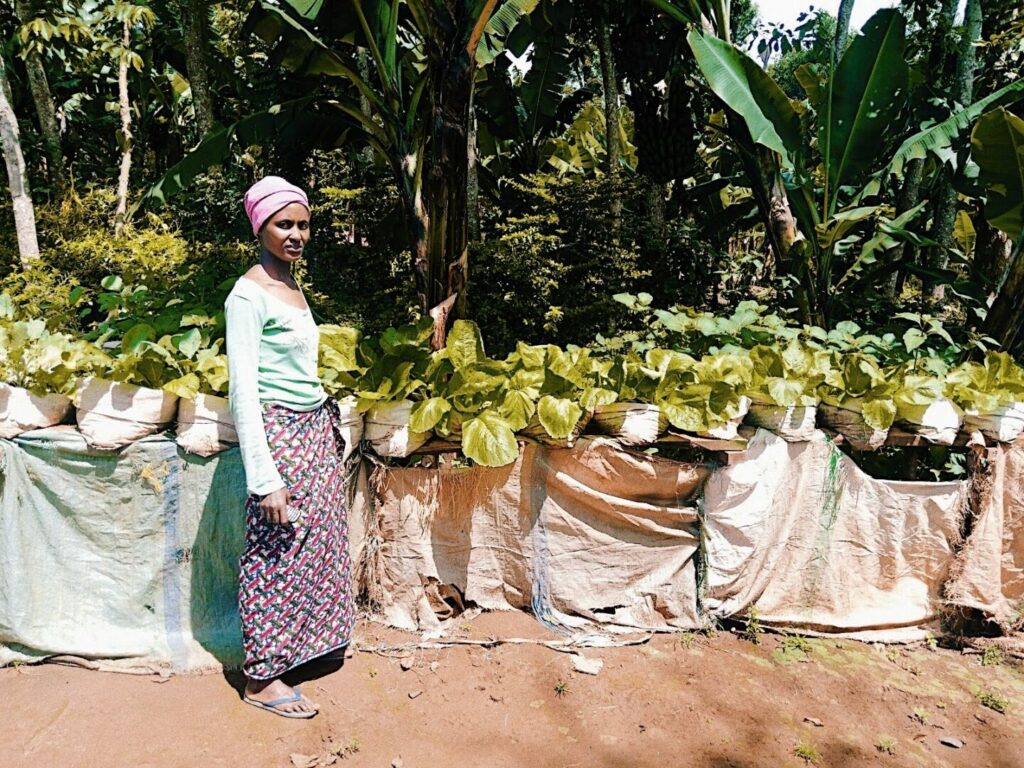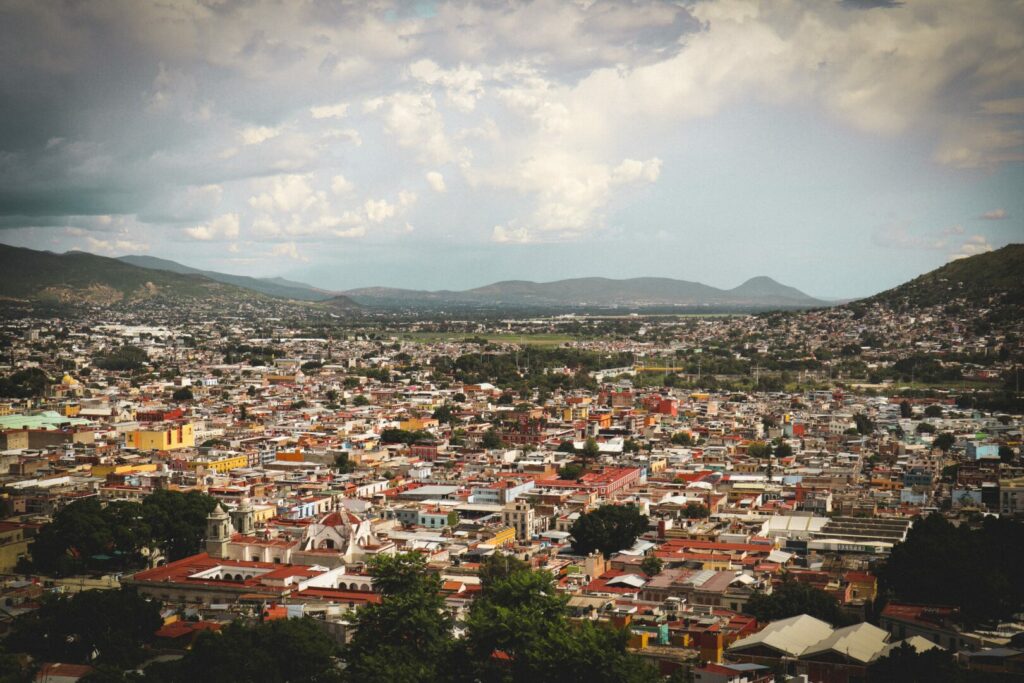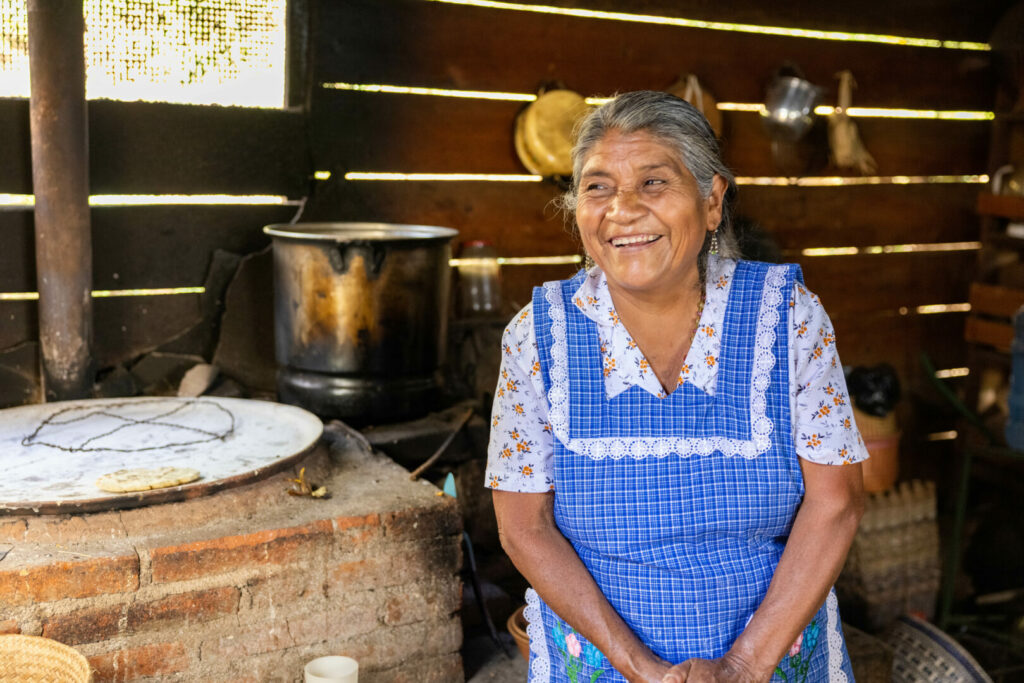The challenge of extreme poverty around the world isn’t new to most people. The images of suffering due to an inadequate access to resources and opportunity are familiar to most people. What gets significantly less attention, however, are all the numerous proven solutions to poverty available at our disposal. These solutions are interventions that have been proven to work across many different contexts around the world. A shift in our attention from poverty as an insurmountable obstacle to one that can be overcome would do wonders for our collective motivation to end global poverty. From educating girls to replenishing soil, there are a number of actions and investments that can create a world where fewer people suffer from extreme poverty.
Community-Led Savings Groups
Savings groups are no longer the best kept secret in international development, largely because their popularity has boomed over the past few years. In communities across Africa, South Asia, the Caribbean, and many other places, savings groups serve as a game changer in communities that have historically lacked access to financial services from traditional banks. Group members can save money and access loans from one another. Allowing communities to lead their own groups creates a sense of agency and builds up community leaders. Savings groups work best when applied in tandem with another solution to poverty.
Agroforestry
What’s with all the excitement around agroforestry? With 84% of people in poverty reliant on agriculture for their livelihood, environmental degradation and extreme weather directly impacts food security for farming communities. Agroforestry is a key intervention as it addresses both issues in a way that immediately benefits the people most vulnerable to both. Agroforestry is tree planting in a way that is integrated with farming and crop production. Agroforestry can be as simple as trees that produce crops, like avocados, or as complex as a forest with crops trees, native trees, bushes, and shade crops. These forests are designed to provide an income for the farmer as solutions to poverty and to restore the ecosystem and biodiversity native to that land.

Building Savings
One of the harshest realities created by poverty is the sheer lack of options that emerge during a crisis or emergency. While a family may be able to endure an extended period of time in “survival mode,” a sudden health crisis or unexpected need may force people to make extremely difficult decisions. The habit of savings can help prevent these dilemmas. In many cases, chronic conditions of poverty may cause families to fall out of the habit of savings, but interventions like savings groups can restart these behaviors as common practices. One key aspect of Plant With Purpose families cutting their poverty in half is the fact that the average participating family has two to three months worth of expenses in savings.
Improved Cookstoves
Clean cookstoves are another low-cost, widely available intervention that benefits both the environment and household finances. Open-fire cooking over charcoal is a common method of food preparation in many low- and middle-income countries. While popular, this method poses many risks to both environmental and physical health. Toxic smoke causes many respiratory illnesses, particularly among rural women and children. Mature trees are often cut down for charcoal. Alternative cookstoves are more fuel efficient and limit the amount of smoke produced. This saves family money on firewood and reduces the overall demand for charcoal in the community, often a primary driver of reforestation. In addition, families are able to breathe noticeably cleaner air while cooking and reaping simple solutions to poverty.
Preventing Corruption
There are many places where the thing keeping people in poverty isn’t so much a sense that they are unable to build savings, but a sense that they could lose it at any time due to corrupt conditions. Living under a corrupt system demotivates community members from putting in the effort to what might ultimately be a futile endeavor. Statistically, the threat of violence is most pronounced against people in poverty. In many countries with high levels of income inequality, personal security and violence prevention is often seen as a commodity to be bought, rather than a guarantee. Establishing systems of security and accountability is needed to protect the safety of communities in poverty.

Peacebuilding
Much like how violence can inhibit development at a community level, war and violence at a macro level greatly worsens conditions of poverty. Conflict can make it difficult and dangerous to deliver various services that are vital to communities as solutions to poverty, especially remote communities. One example of the linkage between international conflict and poverty is Syria. Before the Civil War during the mid-2010’s, Syria’s poverty rate was only at 24%. Since then, it has spiked to 83%. On the other hand, the cessation of conflicts in Nepal, Guatemala, and Cambodia preceded economic improvements in those countries.
Improve Soil Health
Soil health is wealth. Depleted soil cannot sustain plant growth, and for a subsistence farmer, this means extreme uncertainty around food and nutrition. Approximately half of the soil around the world is considered unhealthy, and those that bear the brunt of this problem are those living in the most vulnerable communities to climate change and poverty. Replenishing soil health not only means securing enough to eat for today, but also sustained sufficiency for the years ahead. Healthy soil is one of the twelve indicators Plant With Purpose measures in its multidimensional poverty index, because the quality of one’s soil is such a strong predictor of the quality of one’s life.

Water Cisterns
Having access to water in one’s home or community is a vital building block toward a life of abundance. That’s why cisterns are frequently established in Plant With Purpose’s partnering communities as they make their strides beyond poverty. Contaminated water can create long-term illnesses that may permanently affect one’s ability to work. In addition, women and girls can spend a long time walking to get water. In fact, current estimates project a collective 200,000,000 hours spent by women and girls every day on a long-distance walk to collect water. This walk is often dangerous and subjects many women and girls to violence. When a cistern removes or reduces the need to perform this task in order to access clean water, women have more time they can devote to education or income-generating activities. Because of the multiplier effect associated with supporting women, these benefits are felt widely throughout the whole community.
Improve Equity for Marginalized Groups
Marginalization and social exclusion is a key factor in poverty around the world. In the areas we work in Southeast Asia, we find many members of ethnic minority communities lack access to basic rights, like land access and ownership. This inhibits their ability to farm, work, build savings, or produce in any number of other activities proven to reduce poverty. These barriers are not only present in that particular region, but are also experienced widely by marginalized groups all around the world, especially indigenous communities. The lack of representation in local or national leadership further deprives them of resources and opportunities and omits their input in the solution-making process. Promoting equitable access to decision-making opportunities and resources can help address poverty for the long term.
Educating Boys and Girls
Most likely, this isn’t the first time you’ve heard that education helps to reduce poverty, but its value cannot be overstated. A complete and high-quality education sharpens one’s skills, reduces risk and vulnerability, and leads to better health and family outcomes. UNESCO estimates that 171,000,000 people would overcome extreme poverty if every student in a low-income nation were able to develop basic literacy skills. With girls being the most likely to be taken out of school during a family crisis, improving access to education for girls specifically will help result in more resilient families.


















